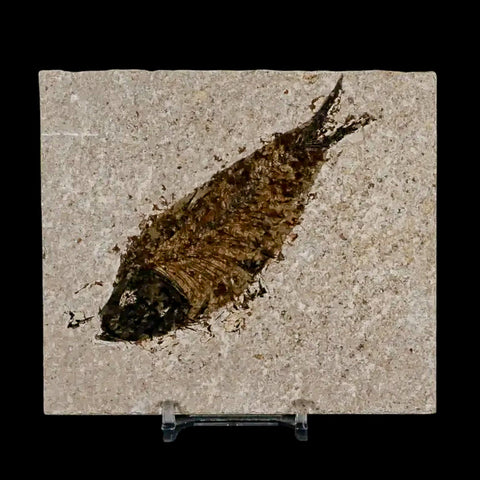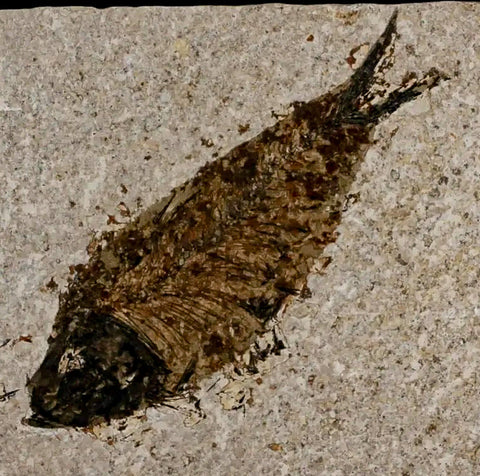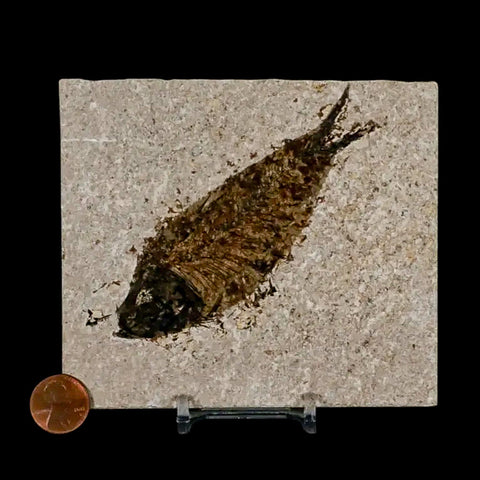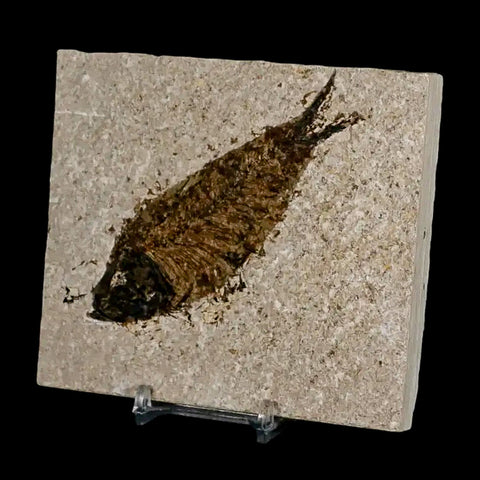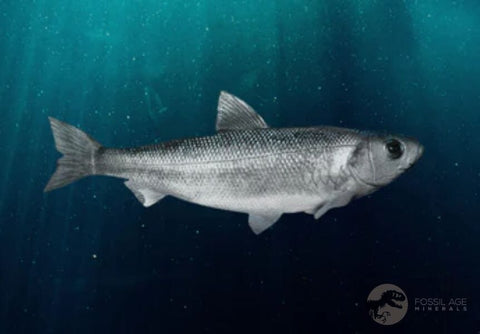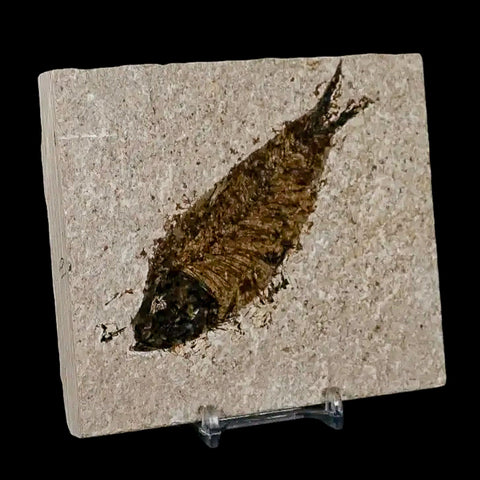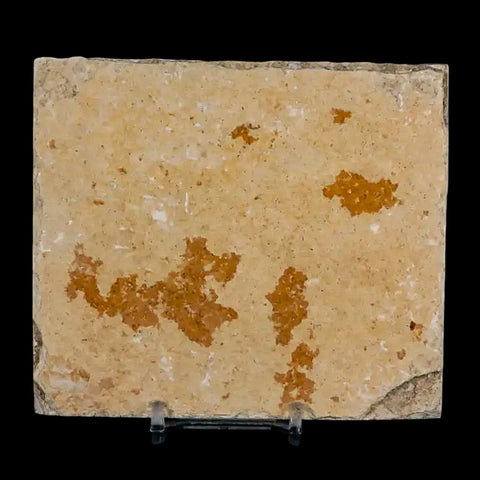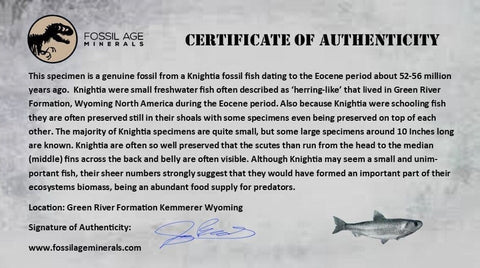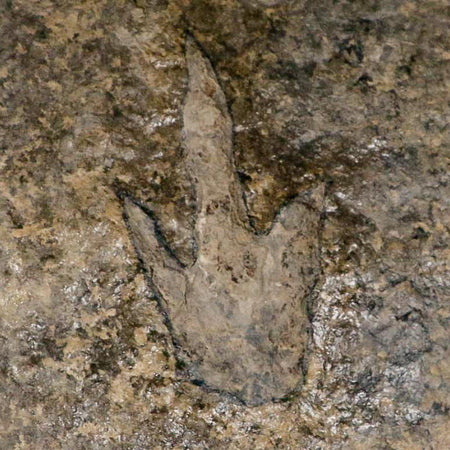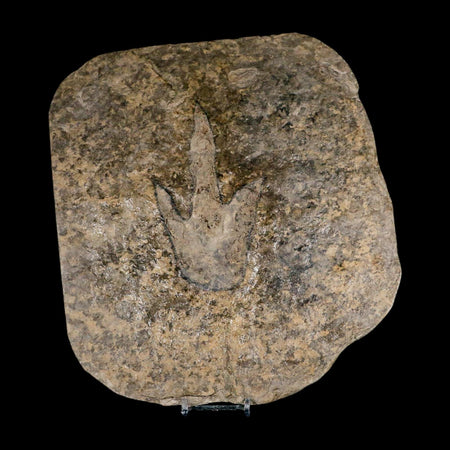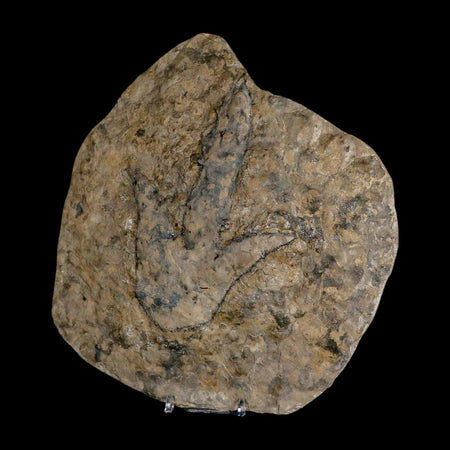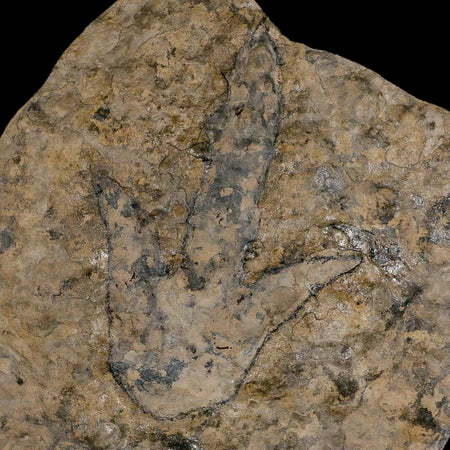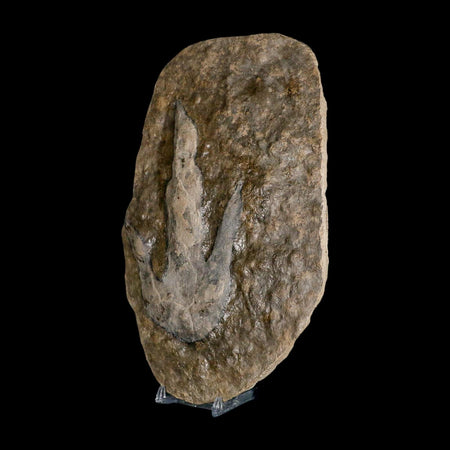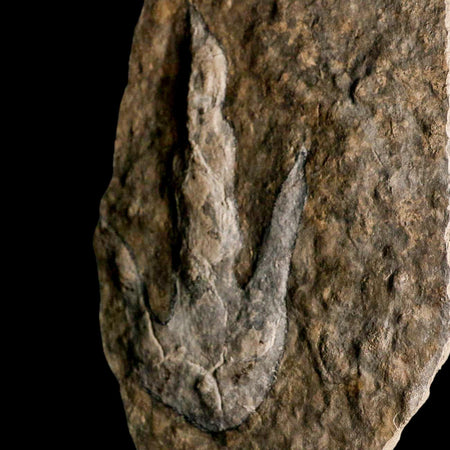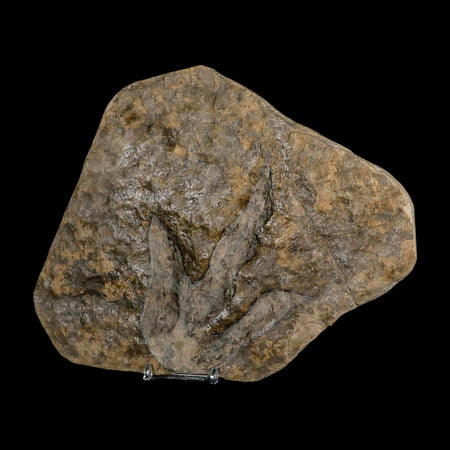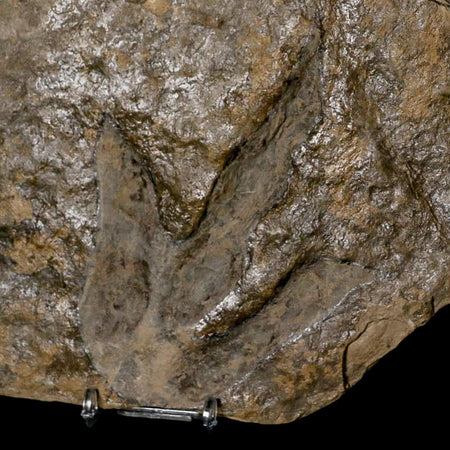XL 4.2" Knightia Eocaena Fossil Fish Green River FM Wyoming Eocene Age COA & Stand
Location: Kemmerer, Wyoming
Weight: 14.4 Ounces
Dimensions: 4.7 Inches Long, 4.1 Inches Wide, 0.6 Inches Thick (Plate)
Fish Dimensions: 4.2 Inches Long, 1.5 Inches Wide
Comes with a Certificate of Authenticity.
Comes with a Free Stand.
The item pictured is the one you will receive.
50 million years old, Eocene age
Knightia Eocaena stands as the most prevalent fish species found in Fossil Lake and is likely the most commonly preserved articulated vertebrate fossil globally. Designated as Wyoming's State Fossil, it can reach lengths up to 25 cm (10 inches). Approximately fifty million years ago, Fossil Lake covered much of what is now southwest Wyoming. While the lake once spanned around 930 square miles, about 500 square miles of sediment remain accessible. The central 230 square miles preserve exceptionally fossil-rich deposits, including diverse geological features such as deltas, beaches, and springs. Unique chemical conditions in Fossil Lake inhibited decomposition and scavenging, allowing millimeter-thick limestone layers to form and preserve an unparalleled concentration of fossil fish. This assemblage provides the most comprehensive Paleogene freshwater lake ecosystem record known to science.
Since its discovery in the 1870s, many perfectly preserved fossil fish have been recovered. The preserved fish in the laminated limestone is part of a complete aquatic ecosystem: cyanobacteria, plants, insects, crustaceans (such as shrimp, crawfish, and ostracods), amphibians (including frogs and primitive salamanders), alligators, turtles, birds, and mammals, including the oldest pantolestid (an otter-like animal). The subtropical terrestrial ecosystem surrounding the lake is also represented by rare fossils, such as a horse, two snakes, lizards, two bat species, birds, an apatemyid (an arboreal insectivore), a miacoid (a primitive carnivore), insects, and more than 325 types of leaves, seeds, and flowers.



